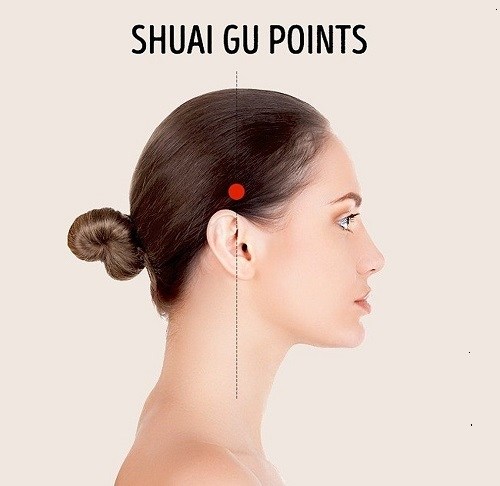One thing’s for sure, no one likes when they have a headache or a severe migraine and nowadays, there is rarely a person who has not felt at least one horrible headache in the lifetime or even more.
In most cases, people take painkillers to stop the pain whereas some choose more natural options like acupressure or drinking a cup of warm chamomile tea. If you also want to stop filling your body with the chemicals from pharmaceuticals, but still succeed in alleviating those annoying headaches, make sure you continue reading this article because we will present you a powerful, alternative method, i.e. applying pressure on designated pressure points.
Treating Headaches with Acupressure
According to Healing Life Is Natural, acupressure can be done at the comfort of your own home and you do not need to spend a fortune. What you need is a comfortable area to sit and start applying pressure to the adequate pressure point for a period of 30 seconds. The area that you should press depends on the type of headache or some other type of pain you are experiencing. Let us take a look:
- Zan Zhu points
As you can see from the image, these points are found at the base of the eyebrows’ inner edge, on the left and right side of the nose’s bridge. This is an ideal way to alleviate headaches caused by nasal congestion and to better the vision.

- The Yintang point
You can locate this area between the eyebrows, in line with the nose’s bridge. Applying pressure onto this area brings relief from headaches causing eye tiredness.

- Tian Zhu points
These two areas are found at the base of the spinal column in the back of the head. Massaging them can bring relief from headaches, migraines, nasal congestion, and eye and ear ache.

- Shuai Gu point
To address headaches and tiredness in the eye area, massage the area near the temples, above the ears and 5 to 6 inches from the beginning of the hairline.

- Yingxiang points
You can find these two points under each cheekbone and above the dimples. Massaging these areas will not only reduce headaches, but also stress and toothache.

Sources:
